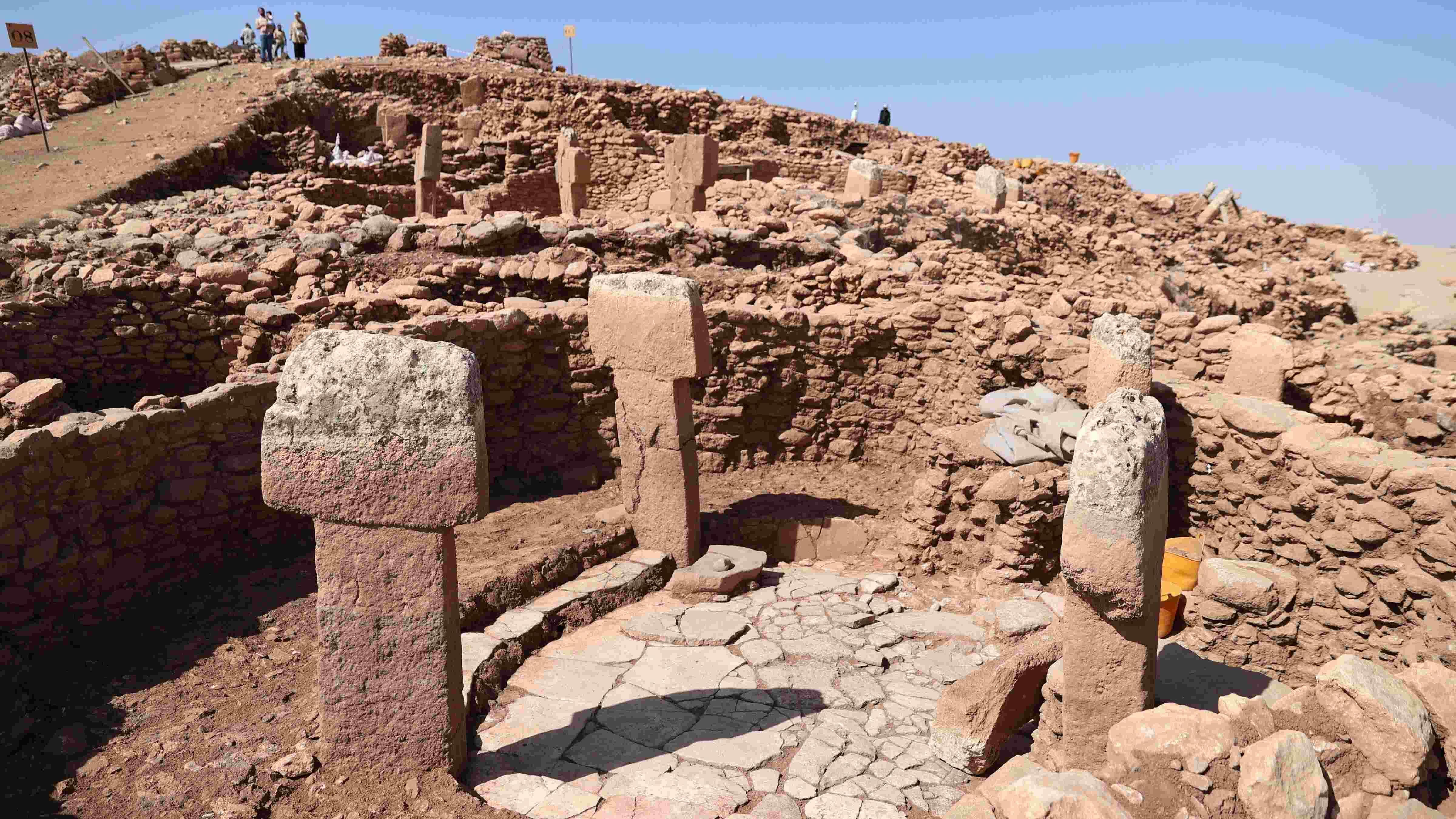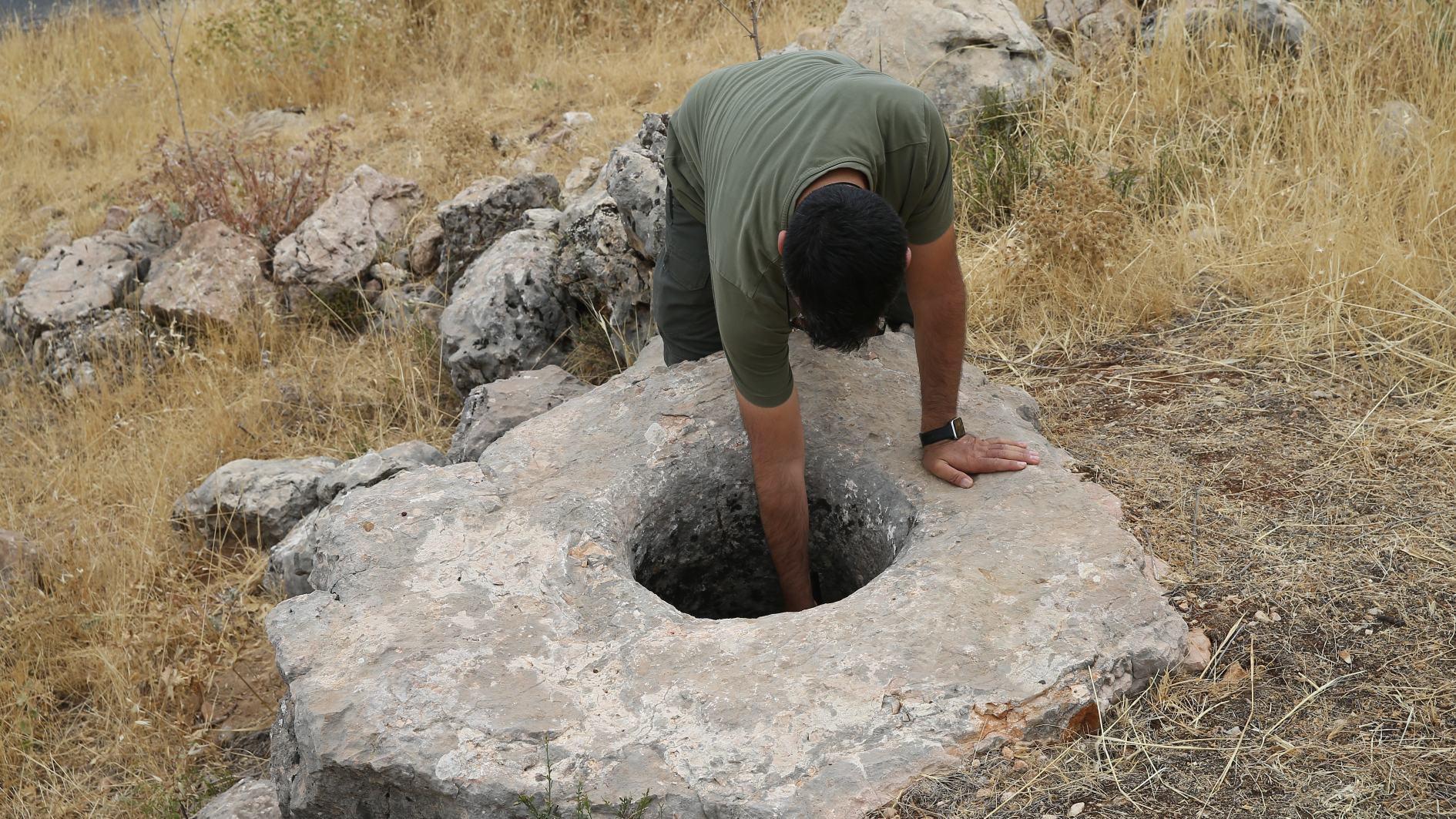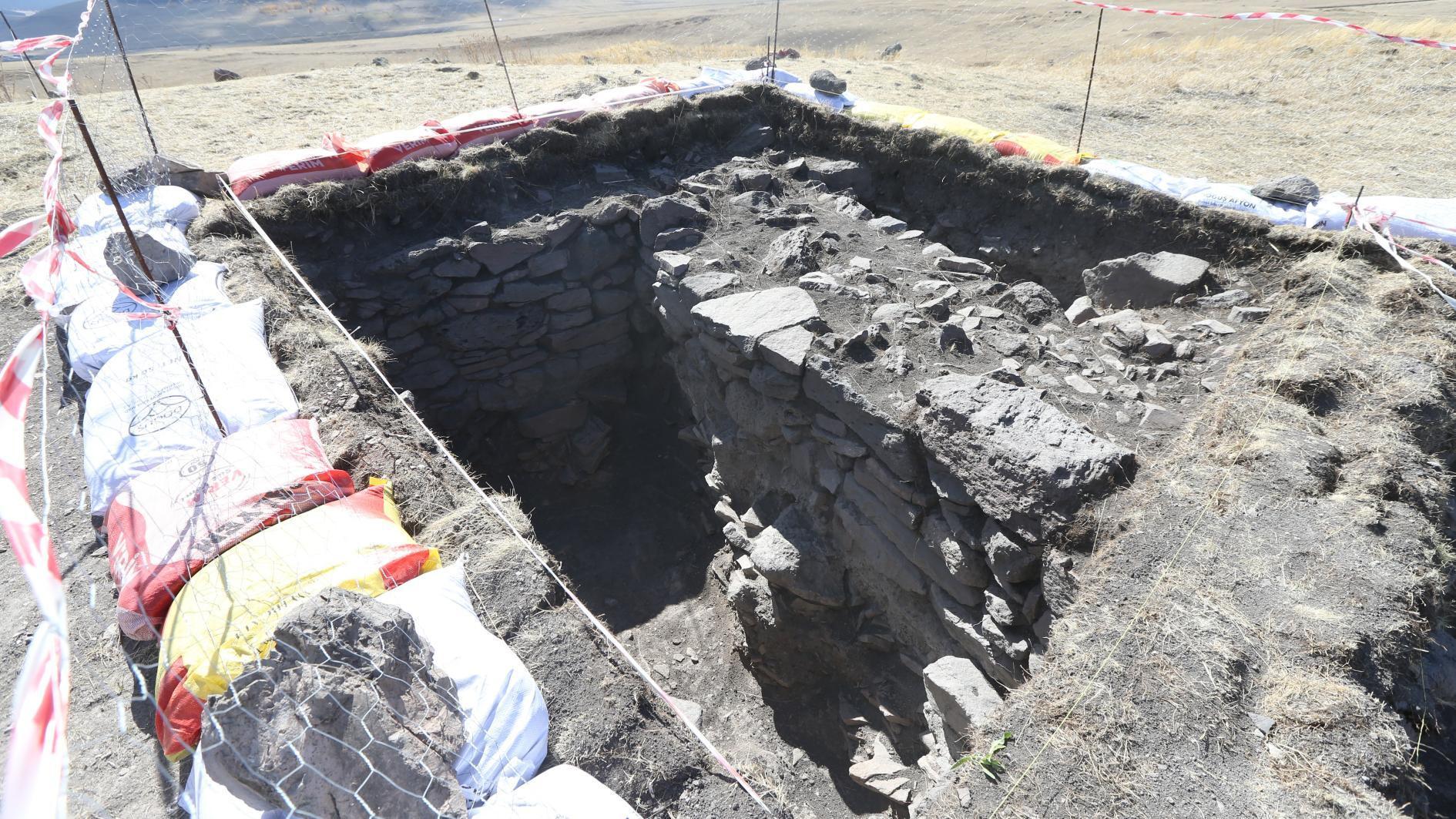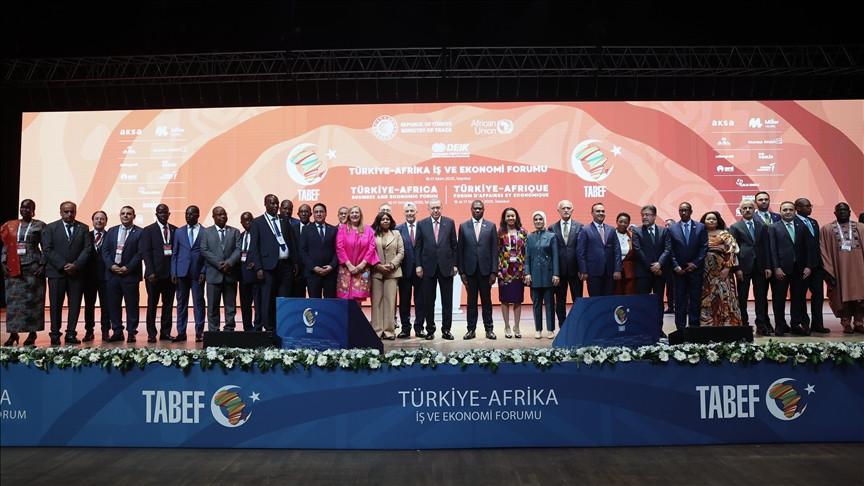Karahantepe project probes Neolithic eating habits
ŞANLIURFA

As part of the Stone Hills Project in Şanlıurfa, research is being conducted at the Karahantepe excavation site to reveal the dietary habits of Neolithic people.
Professor Necmi Karul, the head of Karahantepe excavations, said that the excavation area, structural elements such as storage spaces and grinding platforms within the huts, were identified and traces of activities performed on the floors during that period have been preserved.
He added that some residues still survive but it is not possible to distinguish them with the naked eye.
Karul noted that they dig the soil until reaching the base layer, saying, “We separate especially small plant remains by floating them in water. Thanks to this method, we can determine the purpose of the spaces and which plants were processed by humans. These findings, along with soil chemistry and conducted analyses, show which parts of a space were used for specific activities. Therefore, they allow us to define these spaces more precisely.”
Highlighting that the grinding stones unearthed in the excavations are highly significant for revealing prehistoric dietary habits, Karul said: "We have a grinding stone. We know that certain food preparation activities were carried out on these stones. This stone can provide information on the types of plants grown on it, and it also has the potential to yield results related to the process of domesticating plants, that is, their transition into agriculture in Neolithic settlements. For this purpose, the surface of the stone is washed with pure water, the collected water is separated and the sediments are placed in containers. Then these sediments are allowed to settle and the upper water is evaporated to prepare the samples for analysis.”
Stating that their goal is to learn every detail about prehistoric humans, Karul said, “These studies have the potential to offer unique results in understanding prehistoric dietary habits. Our aim is to understand the human beings of the prehistoric era — the people who built these structures, constructed the walls and used the tools. We want to reveal who they were, what kind of biological structure they had, their natural environment and their dietary habits. Bringing these data together helps us better understand both the individual and the society.”
Karul added that the plant findings obtained will be examined by experts at Istanbul University’s laboratory.
















